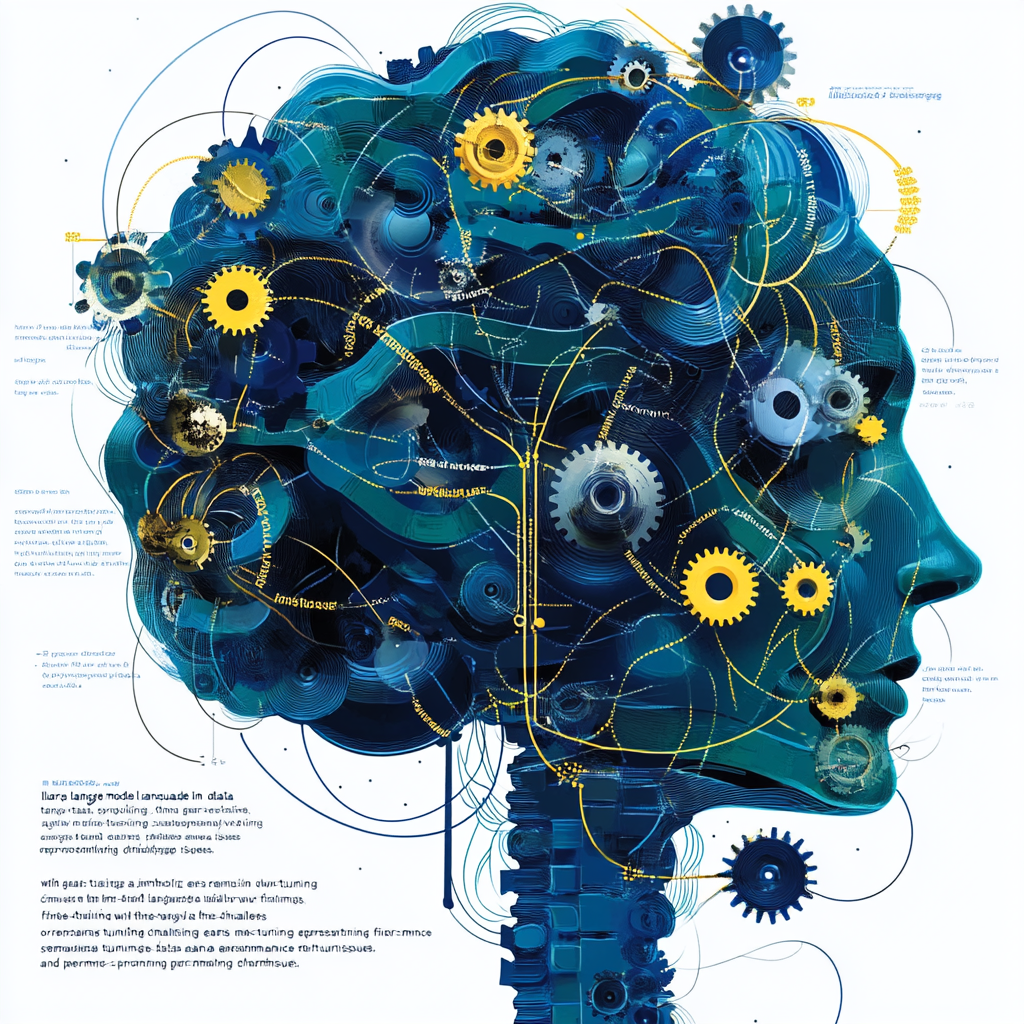
Over-training large language models may make them harder to fine-tune
The Twisted Tale of Over-Training Large Language Models: A Double-Edged Sword
In the bustling world of Artificial Intelligence, large language models (LLMs) have taken center stage like rock stars, dazzling us with the ability to understand and generate human language. The technology has advanced with the subtlety of a master craftsman, but lurking in the shadows is an unsettling dilemma: over-training. Now, before you roll your eyes and think, “just another AI fad,” let’s delve into this curious phenomenon, because it turns out, training these sophisticated giants is a bit like baking a cake—leave it in the oven too long, and you’ve got a charred disaster on your hands.
First things first: let’s talk shop. You might assume that flooding an LLM with endless streams of data is the golden ticket to achieving a linguistic genius. After all, more data equals better performance, right? Not so fast! Recent findings suggest that beyond a certain data threshold, you might just be crafting a ticking time bomb of “catastrophic overtraining.” In simpler terms, this means that as we shove more tokens into the training funnel, our models turn into delicate little snowflakes, overly sensitive to the tiniest shifts during fine-tuning. It’s like piling on more flour into your cake batter without adjusting for the liquid ingredients—it ends up not rising, the texture becomes a stony mess, and you can forget about that heavenly slice you were anticipating.
Take, for example, the OLMo-1B model—the darling of model comparisons. One version, pampered with a lavish dataset of 3 trillion tokens, flopped spectacularly, performing up to 3% worse than its less-gluttonous sibling trained on a slim 2.3 trillion tokens. That decline? It stems from something researchers have termed “progressive sensitivity.” Think of it as a model developing a highly refined palate, one that is now hyper-aware of every little change and therefore more prone to falling apart at the seams when it encounters something unexpected.
Then there’s the ghost of overfitting haunts these ventures. This occurs when the model becomes so intimately acquainted with its training data that it effectively forgets how to interact with anything that isn’t from its cozy home turf. It’s like trying to speak to someone who’s had their head buried in a particular book for so long they can’t hold a conversation about anything else. This could lead to all sorts of troublesome scenarios, like churning out forbidden reproductions of copyrighted texts or leaving itself vulnerable to dastardly Membership Inference Attacks—think of it as your model spilling state secrets because it’s been too comfortable opening up in the wrong company.
While we can't deny that large language models come with a wealth of benefits—automating dreary tasks and jazzing up productivity—there's a dark underbelly lurking in the automation game. The issue of job displacement hangs thick in the air, demanding that we revamp our skills just to keep up with these insatiable technological advances. The workplace is morphing before our very eyes, like a kaleidoscope of new opportunities and daunting challenges. Before we know it, some may find themselves standing at an existential crossroads, trying to figure out how to get from point A, “Technology is great!” to point B, “What happened to my job?!”
The crux of the matter is that as scientists delve deeper into the labyrinth of training dynamics, the need for balance becomes crystal clear. We’re not merely pushing the scale for the sake of grandeur; we must also factor in adaptability and overall performance. It’s time we took a warm shower of fresh ideas and rinsed away some tired old conventions. The advent of “catastrophic overtraining” and its implications aren't just footnotes in psychology textbooks; they’re the names we might yell in victory or defeat as we grapple with the vagaries of AI development.
So, where do we stand, then? The quest for larger-than-life language models trudges on, accompanied by a newfound cautionary tale about the perils of oversaturation. We’re not in a race to who can feed their system the most terabytes of data for bragging rights—the game is about fine-tuning elegance, striking a delicate symphony of training methodologies and techniques to coax out the best results without setting wildfires in the process.
In essence, the future of AI is a heady cocktail of complexities, requiring us not just to flex our computational muscles, but to also channel a creative finesse in our designs. Whether you're a code-slinging developer aiming to redefine the parameters of language models or a curious soul drinking in the wonders of this AI renaissance, staying equipped with the latest insights is essential.
Want to stay up to date with the latest news on neural networks and automation? Subscribe to our Telegram channel: @channel_neirotoken! Trust me; your future self will thank you.

